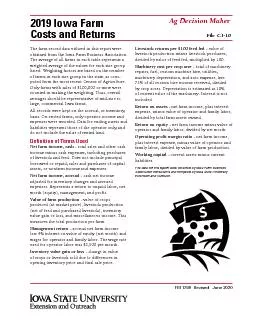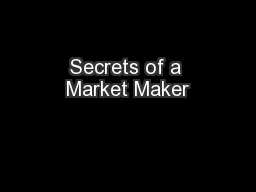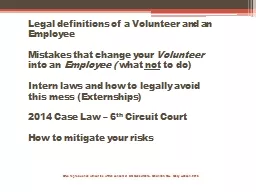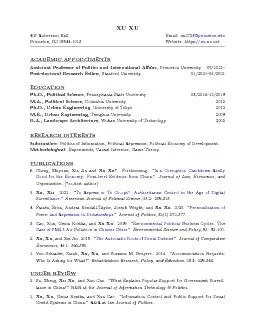PDF-Iowa Farm Costs and Returns File C FM Revised October Ag Decision Maker The data for
Author : tatyana-admore | Published Date : 2014-12-03
The farm record data utilized in this report were obtained from the Iowa Farm Business Association annual summary The average of all farms in each table represents
Presentation Embed Code
Download Presentation
Download Presentation The PPT/PDF document "Iowa Farm Costs and Returns File C FM R..." is the property of its rightful owner. Permission is granted to download and print the materials on this website for personal, non-commercial use only, and to display it on your personal computer provided you do not modify the materials and that you retain all copyright notices contained in the materials. By downloading content from our website, you accept the terms of this agreement.
Iowa Farm Costs and Returns File C FM Revised October Ag Decision Maker The data for: Transcript
Download Rules Of Document
"Iowa Farm Costs and Returns File C FM Revised October Ag Decision Maker The data for"The content belongs to its owner. You may download and print it for personal use, without modification, and keep all copyright notices. By downloading, you agree to these terms.
Related Documents














